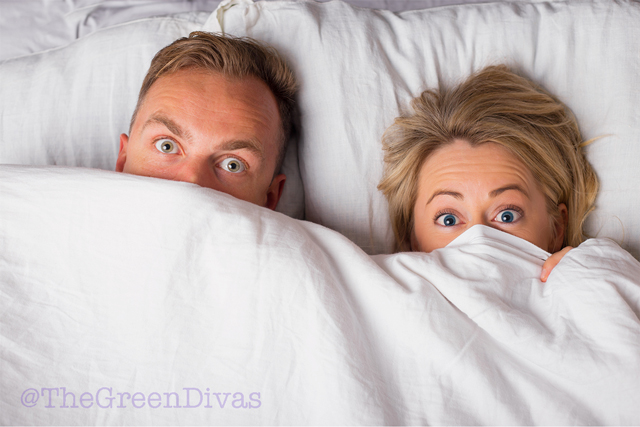
It takes just a quick walk down the bedding aisle of almost any store to find bamboo bed sheets. These sheets have become increasingly popular thanks to their luscious texture, lightweight feel and for the eco-friendly properties inherent in the bamboo plant as a renewable resource.
You may also notice that bamboo sheets come in a wide range of prices and varying labels. Are these sheets all the same? Not really.
While all bamboo sheets may originate from the bamboo plant, there are different types of manufacturing processes that produce different types of fiber, some of which are more environmentally friendly than others.
How Bamboo Sheets Are Made
Bamboo fiber comes from a timber-like species of bamboo (there are more than 1,400 species in total). In very general terms, the bamboo plant is taken to a manufacturing facility and crushed and immersed in a liquid mixture (sodium hydroxide, in most cases). This process dissolves bamboo cellulose and another chemical (often carbon disulfide) is added to the liquid mixture which allows the fibers to be regenerated and drawn off the plant.
Then the fibers are dried and woven into the textile that becomes bamboo sheets. These weaves vary, but you may notice sateen sheets have a softer and even silkier feel than a more traditional weave.
[dynamic-sidebar id=’Custom Widget 1′]
Eco-Friendliness
It’s during this manufacturing process that companies have the opportunity to make eco-conscious choices, especially when it comes to the types of chemicals they use to retrieve the bamboo fibers.
Bamboo fabric is often listed as rayon from bamboo — or viscose from bamboo — terms that are often used interchangeably. One concern that comes with producing rayon or viscose from bamboo has to do with the use of toxic chemicals, like carbon disulfide, in the fiber manufacturing process.
The Federal Trade Commission has stated that “textiles made from rayon (or viscose, which is the same thing) that was created using bamboo as a plant source may be labeled and advertised as ‘rayon (or viscose) made from bamboo.’”
Natural Bamboo Properties
The bamboo plant is an amazing sustainable plant that contains many natural health properties that make it a great fit for bed sheets. The plant needs no pesticides to grow, is naturally moisture wicking, antibacterial, antimicrobial and deodorizing.
There is a debate as to whether these characteristics transfer over to bamboo textiles and materials like sheets after the manufacturing process.
Bamboo sheets are often marketed as containing these properties, but the FTC provided this warning:
When bamboo is processed into rayon, no trace of the original plant is left. Although a bamboo plant can resist the growth of bacteria, there is no evidence that rayon made from processed bamboo is also antibacterial. If a company claims its product is made with bamboo, it should have reliable scientific evidence to show it’s made with bamboo fiber.
Do Your Research
There are some very eco-friendly and environmentally motivated brands that work to minimize their environmental impact during the bamboo manufacturing process and try to retain the natural properties of the bamboo plant within the textile.
Finding gorgeous, soft, and eco-friendly sheets at an affordable price is not impossible. In order to make the healthiest decision, it will require you to research brands you are interested in.
Those who take the environment into consideration are often very transparent with their manufacturing practices and will gladly show you how they make their sheets.
Please check out our YouTube channel to see our short, funny and useful 1 GD Minute videos with recipes and DIY tutorials. Here’s a recent one…
And if you want to learn more about the content of this video, please read the corresponding post!
This post is sponsored by MattressClarity.com